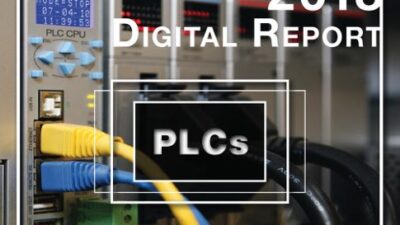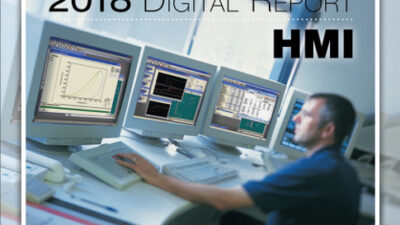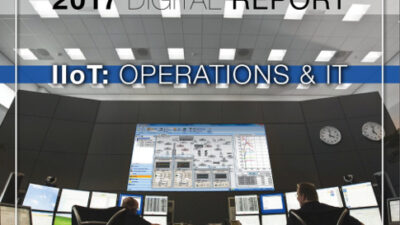While other companies have been working on similar technology, analog semiconductor device developer Advanced Linear Devices (ALD) claims to be first to produce functional energy harvesting modules designed specifically to capture, accumulate and store power from a variety of low-grade energy sources and supply it to wireless sensor networks, remote controls and a multitude of other applications.
“Energy Harvesting modules provide a crucial link between the source of the energy, such as piezoelectric or thermoelectric materials, and the application,” said Bob Chao, president and CEO of ALD.
The power generated by piezoelectric or thermoelectric materials, for example, often occurs at infrequent or random intervals and is usually insufficient to directly and dependably power the energy harvesting circuitry and the application. Circuits built with conventional, off-the-shelf components are often incapable of providing the efficiency needed to make energy-harvesting practical.
The ALD modules have especially high energy efficiency to make energy harvesting a reliable and long-lasting source of power. They are completely self-powered and always in the active mode, ready to harvest energy from sources that generate intermittent energy impulses with varying source impedances. The modules are also designed to store and manage the energy for extended periods of time with minimal leakage or loss to supply power to the application when it is most needed.
“Our company has focused on developing energy harvesting materials to provide extreme life span power in the area of remote, wireless sensor networks,” says Steve Leschin, managing director of business development for Advanced Cerametrics. “ALD’s electronic energy harvesting modules solve a key part of the equation by accumulating, storing, and managing power from piezoelectric fiber composites.”
ALD Energy Harvesting Modules utilize the company’s patented electrically programmable analog device (EPAD) technology to deliver zero voltage and zero power operation. This technology enables precision depletion and enhancement mode MOSFETs to be built with threshold voltages ranging from -3.60 V to +3.30 V and very low leakage currents, including zero-threshold MOSFETS and zero-power MOSFETs. The power generated by energy harvesting sources can then go almost entirely to the application, making EPAD devices ideally suited for the circuits needed to serve as the link between energy harvesting sources and ultra low power applications. In future versions, the circuits in the EH300 Series Modules can be consolidated into an even smaller footprint, using advanced versions of ALD’s monolithic EPAD IC technology.
The first of these devices, EH300 and EH301 EPAD energy harvesting modules, can accept energy from an assortment of widely available waste energy sources, including vibration, light, chemical reaction, fluid flow, environmental heat, and others. The modules then store this energy to power conventional 1.8 V and 5.0 V electrical circuits and systems such as wireless sensor networks designed to the ZigBee standard.The EH300 Series Modules function with input voltages ranging from 0.0 V to +/-500V ac or dc and input currents from 200 nA to 400 mA. The EH300A is a 4.6 mJ module capable of supplying 1.8 V to 3.6 V loads, and intended for supporting ZigBee standard transmission. The EH300A has a useful energy output of 30 mJ, which provides energy for high power, extended range transmission. The EH301 Series modules support 3.0 to 5.0 V circuits. The EH301 is an 8.3 mJ module for 3.1 to 5.2 V loads. The EH301A has a useful energy output of 55 mJ.
The ALDEH300/EH301 EPAD harvesting modules are available now starting at $36.54 in quantities of 1,000 with higher volume prices (100K) in the $20 range.
For more about remote power options, including energy harvesting, read ” New Ways to Power Instrumentation .”
—Edited by C.G. Masi , senior editor


